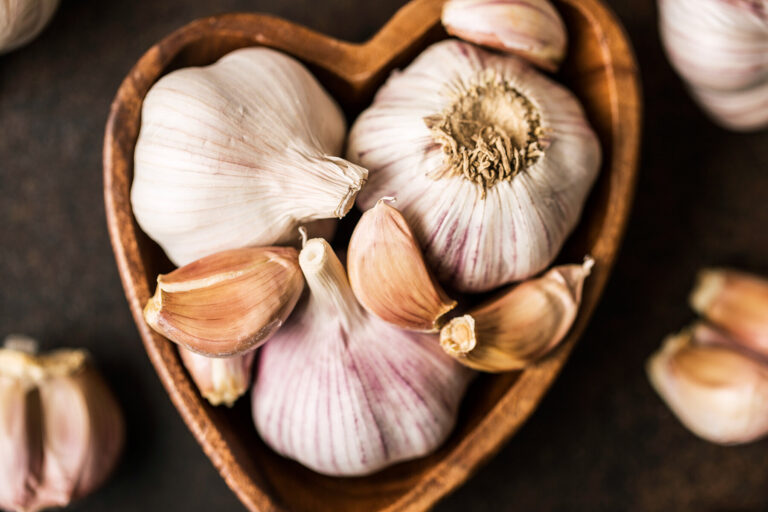This question often sparks debate among food enthusiasts and nutritionists alike. Yes, garlic is a vegetable botanically speaking Garlic is a vegetable that is part of the onion family, along with onions, leeks, and chives.
Commonly utilized as a flavor enhancer in various dishes, garlic is correctly categorized as a vegetable rather than as a herb or fruit. It is a member of the Allium family and is closely related to onions, shallots, and leeks.
Garlic bulbs, which are the part of the plant that is commonly used in cooking, grow underground and are rich in essential vitamins and minerals.
The Nutritional Benefits Of Garlic
Garlic is indeed a superfood packed with essential vitamins and minerals, such as manganese, vitamin B6, vitamin C, and selenium. Apart from being nutritious, it is also low in calories and fat, making it a great addition to any diet.
That’s why if you’re looking to stay fit and healthy, you should always consider adding garlic into your meals this could be one on the best and smart choices you’ll make this year. Plus, garlic is an excellent source of antioxidants, which can help protect the body against free radicals.
The Culinary Uses Of Garlic
Garlic has been used in cooking for thousands of years, dating back to ancient Egypt and China. Today garlic is used in cuisines worldwide, from Italian pasta sauces to Indian curries.
It’s also a key ingredient in many marinades and rubs for meat and fish. In some cuisines, like Korean and Chinese, garlic makes flavorful pastes and sauces. In many popular condiments like ketchup and Worcestershire sauce, garlic stands as the main ingredient.
Did you know that there are over 300 different varieties of garlic? They can be categorized into two main groups.
- Hardneck garlic
- Softneck garlic
Hardneck garlic is more flavorful and is the go-to for most cooking recipes. Softneck garlic, on the other hand, is less strong in flavor and is usually used for braiding or decoration.
Garlic also comes in different colors too. White, purple, and pink are just some of the colors you can find. Each variety has its distinct flavor and texture, making it a fun ingredient to experiment with in the kitchen.
Read Also:
History About Garlic
Garlic has a rich history that dates back over 5,000 years. It is believed to have originated in Central Asia, with evidence of cultivation found in ancient civilizations such as Egypt, Greece, and Rome. Garlic was highly valued by these civilizations for both its culinary and medicinal benefits.
In ancient Egypt, garlic was considered a sacred plant and was used as currency. It was also used in embalming practices and given to slaves to boost their strength and endurance. The ancient Greeks and Romans believed that garlic had powerful healing properties and used it to treat a variety of ailments, from digestive issues to respiratory problems.
During the Middle Ages, garlic was believed to have protective powers against evil spirits and was often hung in doorways and placed in homes to ward off illness. It was also a staple ingredient in medieval cuisine and was used to flavor dishes such as stews, soups, and roasted meats. Its rich history and numerous health benefits continue to make it a beloved and versatile ingredient in kitchens and apothecaries worldwide.
Conclusion
Garlic is indeed a vegetable that belongs to the Allium family. It is rich in essential vitamins and minerals, low in calories and fat, and a great source of antioxidants. Today, garlic remains a popular ingredient in many cuisines and is also used in natural health remedies and supplements.
With over 300 different varieties, each with its distinct flavor and texture, garlic is a fun ingredient to experiment with in the kitchen. Its long and rich history, as well as numerous health benefits, continue to make it a beloved and versatile ingredient in kitchens and apothecaries around the world.



